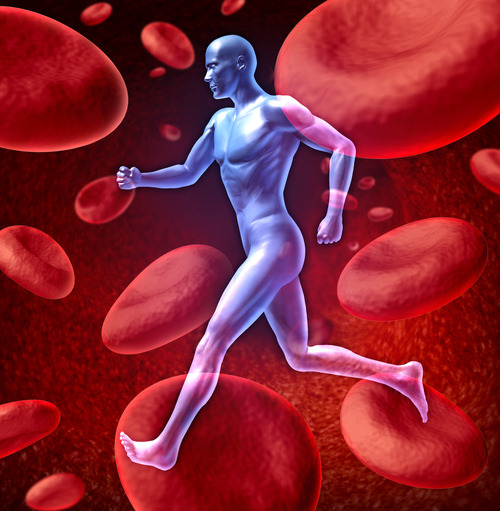Each day I open up my email inbox to see several articles on sports nutrition, and many of them read like an infomercial or science fiction story. Millions of dollars are invested in athletes’ bodies, and then lost, often due to injuries and poor performance. The cause is actually the same that teams have faced for years: managing an athlete’s diet. The reason I started my LinkedIn group was to move away from marketing hype and toward sound scientific recommendations based on data. Like the fashion industry, diets face rapid changes and many people jump on a bandwagon without knowing the direction it is going. The medical industry, and specifically sports medicine, is seeing a greater attention to evidence-based practices by applying research and data to improve the outcomes of rehabilitation and prevention. Instead of a collective approach with sports nutrition, we are seeing just the opposite with various gurus trying to market their own agendas to differentiate services or expertise. We need an immediate reality check and an applied sciences approach with collaboration between academic experts and those working in the field, not a marketing machine, to drive health and performance.
Another fascinating example of dietary extremism was one InsideTracker client who was told to follow a high fat/high protein diet exclusively. This athlete trained intensely, multiple times a day, but failed to recover appropriately. He had diminished energy on the court and chronic soreness like never before. Exactly two days after testing, what the athlete saw on his InsideTracker dashboard was alarming. Not only was he deficient in basic vitamins and minerals, but his hormone profile resembled that of someone close to retirement, rather than that of an elite athlete. Convinced that his current approach was likely to blame for the recent decline in performance, he adopted a conventional diet that was based on his biomarker status and universally accepted nutritional recommendations. Six weeks later, after following guidance from the InsideTracker algorithm, the baseball player was back to his old self – and his recovery rate was better than during his early years in the league.
The last sports nutrition scenario that I would like to share is a prime example of being caught in a vicious cycle of bad advice. It does have a happy ending for the private coach and the player he supported in the off-season. The great part of the story is that we are seeing more and more athletes being empowered with the option to take ownership over their careers without the limits of ego and bureaucracy. Careers in the NFL are known not to last long because of injuries and talent being available each year in the draft, leaving no time for players to get settled with nutrition. A player and his off-season coach came to us with a few problems they wanted fixed before the start of camp. During training, the athlete was not recovering and had issues with handling the strain of his normal training routine. The coach privately told us that the normal connection he had had with the athlete over the last three years was not there, and the player was moody. When the bloodwork data came back, it explained everything: there was a dramatic rise in the biomarker SHBG (sex hormone binding globulin), a hormone that is part of bioavailable testosterone. When prodded about alcohol consumption, the player admitted that his normal weekend social drinking had become a daily habit due to the new bar near the beach. He didn’t realize that it was not so much the number of drinks he had, but the total amount of alcohol in each drink. Later he found out that his cocktail was equivalent to nearly 3 servings, and the syrup contained about 1,000 calories of simple sugars. Switching to lighter options on Saturday and Sunday and refraining during the week resulted in favorable changes to his biomarkers.
The core problem with the above stories is that most athletes are not getting tested at all, never mind being provided with good advice afterwards. Over the course of several Olympic seasons, we’ve seen the challenge of athletes testing for the first time right before the most important competition of their lives. Ideally, each athlete should be fine-tuning his or her biomarkers rather than just getting started. Even in 2014 we are still seeing the antiquated disease model of annual checkups during the pre-season. This approach fails to resonate with strength coaches, who need consistent, hard data. The lesson learned here with blood testing and athletes is that it should be an ongoing process of assessment and analysis, which guides applied, practical recommendations.
Try our demo